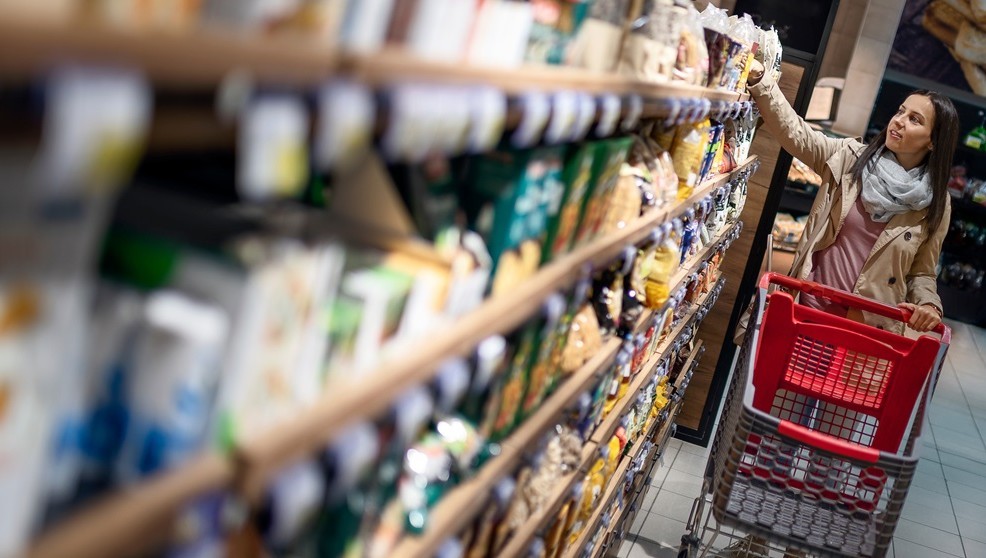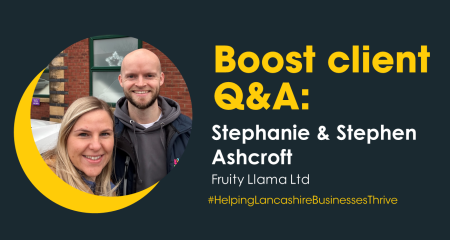
I meet many owners and founders of small businesses who have created innovative products and the path of how to develop their products into new markets varies considerably.
Generally, the businesses I work with start selling their products at local farm shops and/or online on e-commerce sites, so they do get the experience of selling their product direct to consumers.
This is probably the ideal way as it also acts as a test marketing exercise and can create lots of constructive feedback to make product improvements along the way and also product ideas to expand the range.
Then comes the time when sales really start to grow and it’s time to consider further routes to market and greater distribution so more customers get the chance to buy and experience these new, fantastic products.
Usually, that next step is to start talking to regional retailers or national if the business is scalable enough.
However, working with retailers has never been so hard. Covid brought about supply problems for retailers and then the war in Ukraine started food inflation and cost increases. Despite these challenges we are seeing retailers now being more approachable to new ideas. Our clients are now getting product listings that were before on hold for years.
Since Covid, tech and data has continued to develop at a rapid rate. Buyers can access even more information on the market and consumer behaviour; so, as a supplier new to the market, you need to know your market inside and out.
Here are my eight top tips for preparing for that all important buyer meeting:
1. Tell your story – Make it personal why do you do what you do and why is your product different? Buyers are approached all the time with new brands and products, it’ll be the emotive story of why you created your product that they will engage with.
2. Unique Selling Point (USP) – What is your unique selling point, why does the buyer need it on their shelves? Getting space on shelf is competitive so you need to be offering something different to what they already have.
3. Market dynamics – Are you operating in a growing or declining market? How are you going to add value to their category?
If your product is in a saturated market or a market in decline it’ll be super tough to get the buyer to take the risk with your new option versus what they already have. However, if the market is growing and you can show that your product will add value and help their growth by giving their customers what they want.
4. Consumer trends – What is important to the consumers in the category? Does your product meet a clear shopper need?
If your product is on trend it could help grow the category for the buyer. If your product adds something new, maybe a new convenient way to consume food or drink or a healthy version of a high calorie alternative, these all appeal to buyers.
5. Competitive landscape – Who are your key competitors? Why are your products better?
If your USP is defined, this should be relatively easy but it’s still worth evaluating where you are positioned and also familiarise yourself with where your products would physically be positioned on a retail shelf. There isn’t unlimited shelf space so the buyer will have to remove something to make room for your products.
6. Channel efficiency – Check which grocery channel presents the best opportunity? If you have a snacking product supermarkets may not initially be the best option, perhaps convenience retailers and petrol forecourts could be a better fit.
If you don’t have the resources to scale up to service 2000+ Tesco stores then perhaps start online and go regional.
7. Trend analysis – What trends are driving category growth? How do you see your product range developing over the next three years? Buyers love external market data and innovation to help their ranging. Stay connected with what is happening in your market and share new product development ideas and get them onboard, with early 'buy in' it can give you the confidence to invest and go for it!
8. Marketing plan – How will you support the listing and drive awareness so customers know where to go to buy your product? Presenting your marketing plan reinforces how you are investing in the brand and growing your customer base.
In addition to these steps, it’s also important to ‘de-risk’ so they feel your product can grow their category and be a success. You can do this by sharing sales performance (online sales) and perhaps social media following. If you have a community that’s already bought into your brand/product that will build confidence in the buyer.
At Wynne Business we always advise and help our clients to thoroughly do their homework before developing their sales deck for buyer meetings. Years of experience has taught us that taking the time to go through this detailed process at the beginning, will result in a confident and targeted pitch that is much more likely to succeed.
About the author
 Suzi Wynne is the founder of Wynne Business. Established in 2012, her team provides professional sales development and marketing support for SME’s looking to launch products into multiple retailers.
Suzi Wynne is the founder of Wynne Business. Established in 2012, her team provides professional sales development and marketing support for SME’s looking to launch products into multiple retailers.
Suzi received Boost mentoring support in 2020 when she was looking to grow her business. In 2021 she delivered Lancashire County Council’s backed Two Zero Route to Retail – a commercial scaleup programme to help fast-growing Lancashire food and drink businesses sell to supermarkets and major retailers.
Wynne Business is a member of Boost & Co, which includes additional public and private sector organisations that can help businesses grow.
If you’re looking to grow, scale or start your business, use Boost; Lancashire’s Business Growth Hub. We offer a range of funded business support services. Call our Business Support Helpdesk on 0800 488 0057 to find out more or complete our enquiry form.




The website uses cookies.
Some are used for statistical purposes and others are set up by third party services. By clicking 'Accept all & close', you accept the use of cookies. For more information on how we use and manage cookies, please read our Cookie Policy.